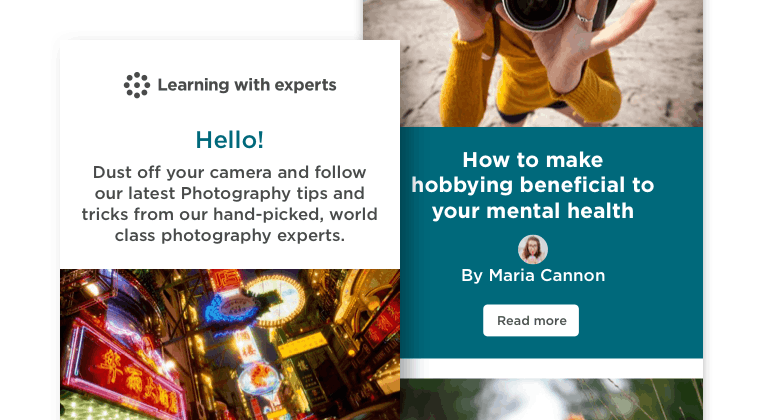Night time is the right time
By Geoff Harris •
With all the interest in comet Neowise over the last few weeks, you may be thinking about trying your hand at night sky photography.
It’s not just point and shoot, to be sure, or something you can easily do on an average smartphone; to get a decent image of a major comet like Neowise, you will need a short telephoto lens with a reasonably wide maximum aperture, a tripod and some kind of wired or wireless shutter release to keep the image sharp. Remember, you will be shooting at longer shutter speeds in order to have any chance of a decent exposure.
This genre is definitely worth persevering with, however. If you still need convincing, check out some of the shortlisted images from the Royal Observatory’s Insight Investment Astronomy Photographer of the Year 2020 competition, as featured here . The shortlist reveals just how diverse this genre is, and includes a full moon illuminating the Shard in London (see below), an aurora over Stokksnes headland on the Icelandic coast and a remarkable scene of a total solar eclipse. The point is, you don’t need thousands of pounds worth of specialist gear and pictures of very distant galaxies to enjoy night photography, or get winning results. Indeed, very ‘astronomical’ looking images can look clinical – maybe best leave those to NASA.
The winners of the competition’s nine categories and two special prizes will be announced on Thursday 10 September 2020, so watch this space. In the meantime, how do get started with night sky photography? A good entry point is the moon. For this, you will need an app that tells you its cycle – PhotoPills a great example and is available for both iOS and Android. Try to shoot it just before the full moon, so you get more interesting shadows and contrast rather than a very brightly illuminated disc. Then, you will need a sturdy tripod, or a very well stabilised lens if you are shooting handheld. Your choice of lens focal length will depend on how big your want the moon in the frame – a wider angle lens will make it more part of the landscape, which actually can yield a more interesting shot.
Then choose a wide-enough aperture to let enough light into the camera at dusk or night, but not so wide that the details of the moon and other elements of the frame soften. A mid-range aperture may well be enough if your camera can support higher ISOs without producing excessive noise. Manually focus the lens on the moon’s surface, using Live View on a DSLR or focus peaking on a mirrorless camera. Autofocus may hunt around or lock onto the wrong area.
Another relatively easy effect is star trails in a landscape, which involves setting a much longer exposure time. As a rule of thumb, set an aperture range of f/2.8-f/4 for a decent exposure, with a shutter speed of three to four minutes and an ISO of below 1000 (remember to turn on long exposure noise reduction if your camera supports it). For the best results, try stacking multiple exposures using editing software, but it might be best to start off with single-shot star trails first.
To get shots of very distant galaxies, you will need specialised and expensive astro-photography equipment, but it’s perfectly possible to get very decent shots of the milky way. Check out the work of Andi Campbell who was recently named the Wex Photo Video Photographer of the Year. He achieves his stunning nightscapes, with the milky way centre stage, by using standard prime lenses, eg 28mm and 50mm, rather than expensive telephotos. He then works out the exposure time according to the ‘rule of 500.’ In a nutshell, this means that you take the focal length of your lens and divide 500 by that number. This gives you the maximum number of seconds you can keep your shutter open when taking the shot. So it would be ten seconds for a 50mm lens – and while purists might quibble about the exact amount of time, it’s a good yardstick and his results speak for themselves.
Andi also shoots at very wide apertures, eg f/1.8; while you will lose some sharpness out towards the edges, it is the relation between the main subjects and the milky way that most viewers are interested in. You will need to find a location with clear skies and minimal light pollution to make these kind of images work, however, and it’s also wise to invest in a neutral night filter, such as those made by Kase, in order to control the effects of any artificial light. Andi also merges several exposures using Lightroom to get the best results, which is now very easy to do.
What about the northern lights, which also tend to feature quite heavily in astro photography competitions? It’s a similar process. Use a tripod, focus manually to infinity, or on a nearby building or natural object, set a wide aperture and a shutter speed of around 10-15 seconds. ISO 1600 is a good starting point, adjusting as necessary in order to maximise light but minimise noise. Remember the basics of composition too; a very straightforward ‘record’ shot of the full moon, the milky way or the northern lights is likely to be less interesting than if they were creatively framed against dramatic natural features, such as mountains or lakes, or eye-catching buildings.
Stay updated
Receive free updates by email including special offers and new courses.
